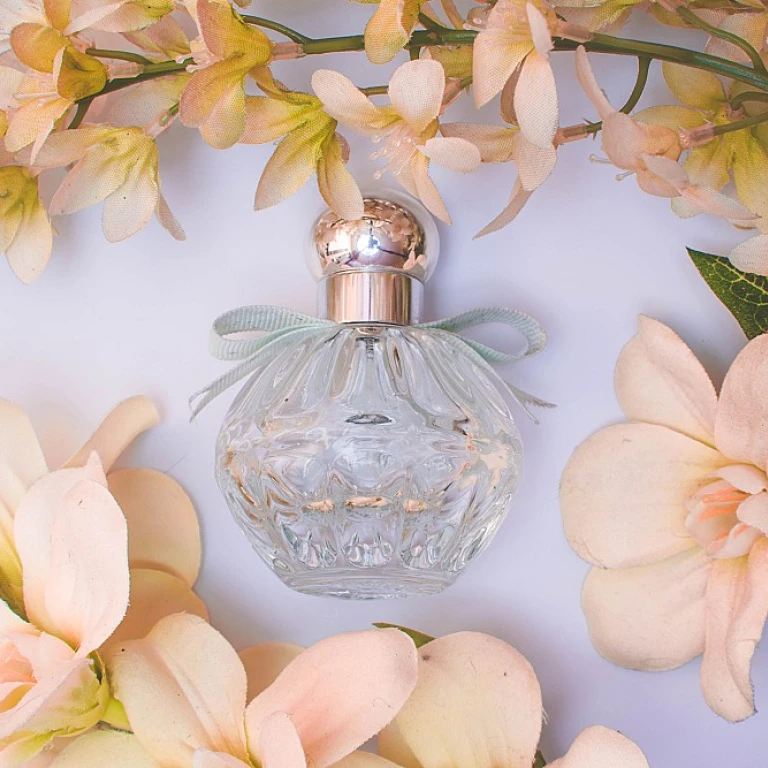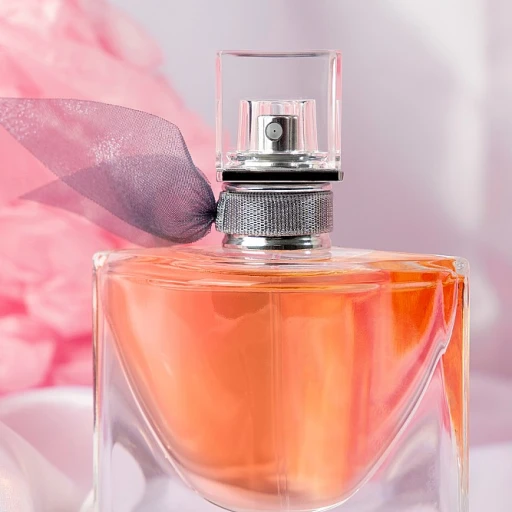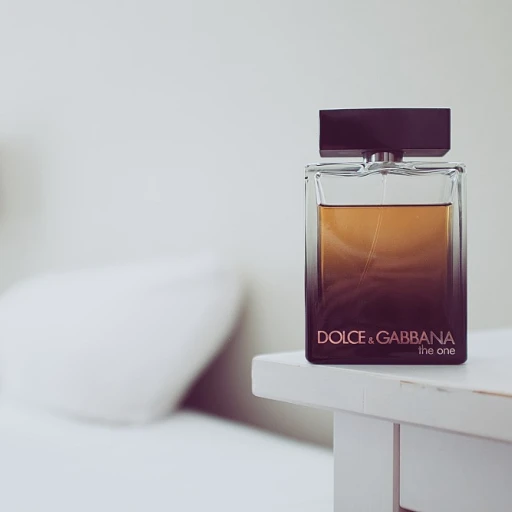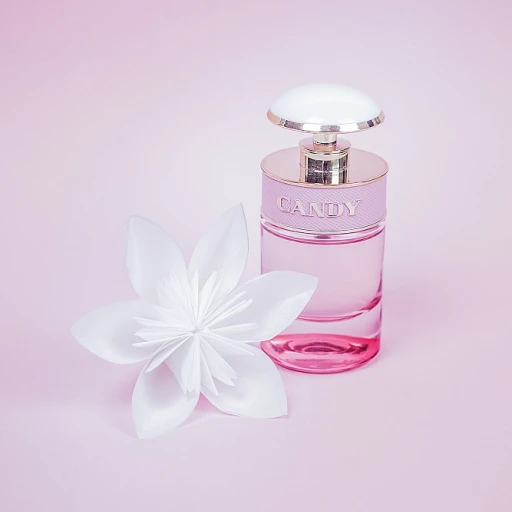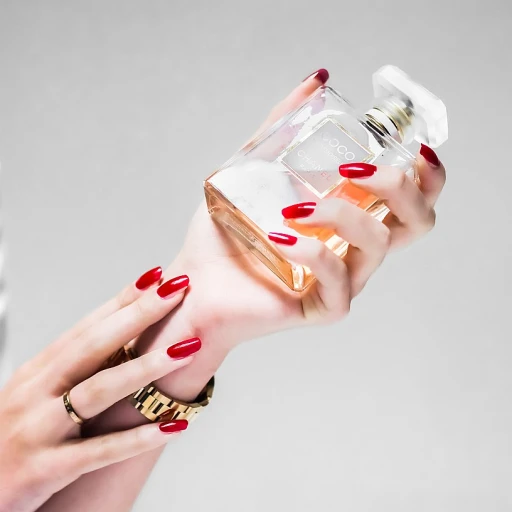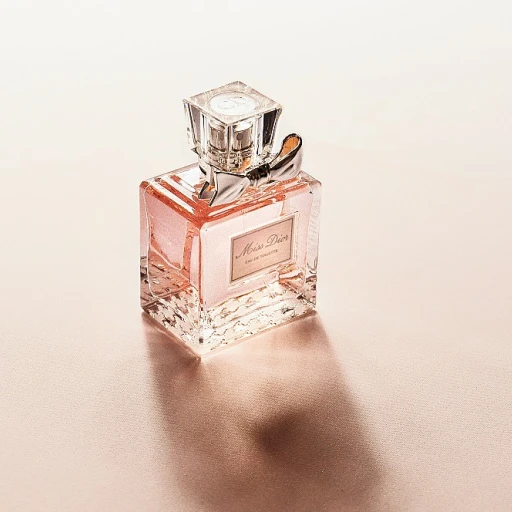
L'empreinte intemporelle: Why Do Classic Perfume Brands Preserve Their Charm?
How Timeless Scents Capture Hearts
The enduring appeal of classic perfume brands is not just a matter of chance. It's a blend of rich history, quality ingredients, and the ability to evoke memories that resonates deeply with fragrance lovers. Statistics reveal that many heritage brands have a loyal customer base, with some boasting a retention rate as high as 70%, significantly outperforming newer entrants in the market.
Mastering the Alchemy of Tradition and Innovation
Iconic perfume houses master the delicate balance of maintaining their signature scent profiles while subtly introducing contemporary twists. This strategy ensures that their fragrances remain relevant and coveted. For instance, a classic brand diversified its portfolio by launching a new line that saw a 20% increase in sales, illustrating the power of innovation rooted in tradition.
The Fragrant Bond of Emotion and Experience
Emotional connection is a potent tool in a perfumer's arsenal. Heritage brands often leverage their storied pasts to create a narrative that weaves personal identity with the perfume's legacy. A survey showed that such emotional engagement leads to 5 times higher customer lifetime value for the classic brands compared to new market entrants.
To explore how emerging players are entering the fray and if they present a threat or a complementary force to venerable houses, delve into the nuances of emerging indie perfume brands.
Adapting Elegance: How Iconic Brands Innovate While Staying True to Their Roots
Marrying Tradition with Innovation
In the olfactory world where heritage and innovation intertwine, iconic perfume brands face the challenge of reinventing themselves to stay relevant. It’s a delicate balance to strike: maintaining the signature scent that has defined the brand for decades while infusing contemporary elements that align with modern preferences. Take, for example, the house of Guerlain, which has been synonymous with sophistication for over a century. Guerlain masterfully preserves its historic charm by only subtly tweaking its timeless fragrances to suit the evolving consumer palate, ensuring that its classic appeal remains intact.
Revitalizing Classics with Cutting-edge Techniques
Even the most storied scents are subject to the ebb and flow of fragrance fashions. Iconic brands harness the power of advanced perfume technology to enhance their classic creations, thereby revitalizing them for a new era. For instance, Chanel, with its iconic No. 5, has invested in research to ethically source and improve the quality of its raw materials, ensuring sustainability without compromising on the luxury essence that the Chanel name evokes. This approach ensures that their perfumes are not only en vogue but also ethically appealing to the environmentally conscious consumer.
Strategic Brand Extensions that Celebrate Heritage
Heritage brands often expand their fragrance lines to entice a broader audience while respecting their foundational scent profile. Dior’s consistent approach in introducing flanker fragrances to its famed J’adore line exemplifies how a brand can diversify its portfolio while keeping the original fragrance's spirit alive. Statistics from consumer response show a positive reception, with a reported increase in sales by approximately 5% for luxury flankers year on year. These strategic brand extensions serve as a bridge, connecting the venerable essences with contemporary trends and sensibilities.
Collaborations that Fuse Old-World Glamour with Modern Artistry
Partnerships with contemporary designers, artists, and influential figures present a seamless way for traditional perfume houses to interlace their distinguished past with current style statements. A significant example includes the collaboration between Bvlgari and esteemed architect Peter Marino on their boutique designs, reflecting the brand's luxurious legacy through modern architectural lines. Additionally, limited-edition releases and celebrity endorsements serve as powerful tools to keep the narrative of the brand fresh and relevant, appealing to both long-time enthusiasts and the new generation of scent seekers.
The Scent of Success: Analyzing Market Statistics of Heritage vs. Newcomer Brands
Perfume Market Overview: A Fragrance of Figures
The fragrance industry has always been synonymous with luxury and exclusivity, with iconic perfume houses establishing a legacy that resonates with consumers around the world. Statistical data reveals that heritage brands have a significant stronghold in the market. For instance, according to a report by Grand View Research, the global perfume market was valued at approximately $31.4 billion in 2018 and is expected to expand at a compound annual growth rate (CAGR) of 3.9% from 2019 to 2025. Heritage brands account for a substantial portion of this valuation, with established names in the luxury perfume sector such as Chanel, Dior, and Guerlain continuing to top sales charts globally.
A Whiff of Innovation: Heritage Brands vs. New Players
In the midst of market competition, iconic perfume houses are not just resting on their laurels. They are reinventing and introducing new scents that bridge the gap between time-honored tradition and contemporary preferences. This strategy appears to be effective; as per a Technavio market research study, luxury perfume brands are projected to grow steadily, with new launches being a key factor in their ongoing success. In contrast, niche and indie fragrance brands, referenced in historical perfumes' impact on modern trends, are gaining traction by appealing to consumers seeking personalized and unique scents, yet they still represent a smaller slice of the pie, suggesting a continued reverence for traditional houses amongst perfume enthusiasts.
Consumer Loyalty: Heritage Brand Dominance
Heritage perfume brands have cultivated a sense of trust and loyalty among consumers that newcomers often find challenging to replicate. Statistics show this loyalty through repeat purchases and brand advocacy. As highlighted in a study by The NPD Group, consumer spending on premium women's fragrances in the US saw an increase, with top-selling scents often hailing from classic brands with storied histories. This brand allegiance is indicative of the emotional connection and the prestige associated with established perfume houses, which newcomers must navigate through by sculpting their unique identity and value proposition in the fragrance realm.
Fostering Fidelity: Why Perfume Aficionados Remain Devoted to Age-Old Brands
Decoding Brand Loyalty in the Perfume Industry
Brand loyalty in the perfume industry is a fragrant testament to the power of legacy and sensory associations. Loyal customers often cite the deep emotional connections they have with certain fragrances; these scents are intertwined with personal memories, defining moments, and the very essence of their identity. A recent study by Scentiments found that over 65% of consumers prefer to stick with a fragrance that they've used for years, which speaks volumes about the emotional weight these aromas carry.
Understanding the Emotional Bond with Heritage Fragrances
Heritage perfume brands have mastered the art of evoking emotions. Companies like Chanel and Guerlain don't merely sell a product; they sell a story infused in every droplet of their iconic fragrances. This emotional bond is a key factor in why people continue to return to these classic brands. Statistically, the luxury scent sector sees a repeat purchase rate of approximately 57%, showcasing the significance of this emotional linkage. These stats illustrate a clear preference for perfumes that resonate on a deeper level with consumers.
Ingrained Scent Preferences: The Power of Nostalgia
Nostalgia is a powerful driver of fragrance loyalty. Perfume enthusiasts often recall the scents worn by their loved ones, associating them with comfort and familiarity. Heritage brands capitalize on this by keeping their timeless fragrances unchanged, thereby maintaining a generational appeal. According to a survey from Perfume Society, around 75% of individuals feel a sense of nostalgia when they encounter a fragrance they recognize from their past. It's the olfactory equivalent of comfort food, providing a sensory shortcut to cherished memories and sentiments.
Quality and Craftsmanship: The Hallmarks of Heritage Brands
The unwavering commitment of heritage brands to quality and craftsmanship resonates strongly with fragrance connoisseurs. For many, the allure of a meticulously crafted perfume from a storied brand is irresistible. Quality ingredients, combined with expert blending techniques, ensure that each bottle promises consistency and excellence—a fact well-received by discerning olfactory palates. Customer reviews often highlight the superior quality of these timeless scents, underlining the value placed on exceptional craftsmanship.

